Pottery is that the oldest craft known to the traditional Egyptian, who discovered since history the spirit of silt that the river brings and accumulates in its fertile valley, so he shaped it and burned it in furnaces that ripen and provides it solidity, and he reached a high degree of accuracy and perfection in his manufacture, ranging from Food utensils and toiletries, even the coffins of the dead, so that they raised the pottery maker, or “Al Fakharani” to the best position that a straightforward worker in Egypt could reach.
As soon as you set foot within the Al-Fawakheer neighborhood, within the Batn Al-Baqara area, in ancient Egypt, and you ask about the foremost skilled craftsmen during this profession that are prone to disappear from one moment to the following, until passers-by seek advice from you in this small workshop, just two small rooms, inside one among them may be a smaller oven, on his right an old man steps down at the start of the last decade Eight-year-old was a corner, tall, massive, wheat-skinned, broad-mouthed, gray-haired, mustache, beard, low temples, and narrow, sunken eyes sharp because the eyes of a broken eagle, every now then he breathed out his cigarette smoke.
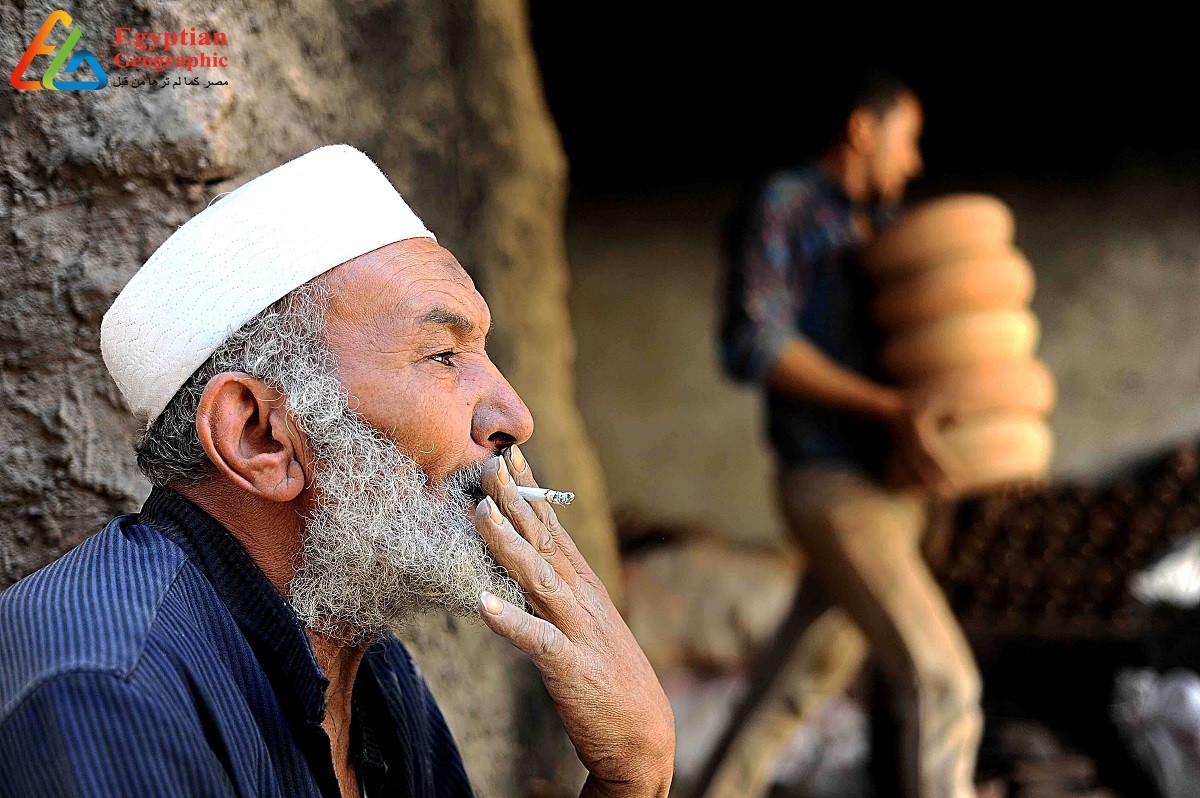
Ramadan's uncle, the largest pottery maker in Cairo Al-Moez, seemed absent-minded, His workers thought that he was snatching a while to rest from the difficulty of an extended day, But this is not true, Despite the clay that held on his blue robes, he checked out his workshop that had been with him for years Remember how he started his story with mud, And how he loved that profession quite seven decades ago, since he was a touch kid taking his first steps.
The story of the uncle of Ramadan began with pottery at the age of 5 within the ancient city of Egypt during which he grew up, specifically before of the square of the Amr bin Al-Aas mosque, at a time when that region was famous for that workmanship, He learned the craft from his neighbors, and he clung thereto, to the purpose, He left playing with the children to join the pottery makers, and learns from them a way to hold the clay in his small hands and switch it into pans that the people of his street drink from.
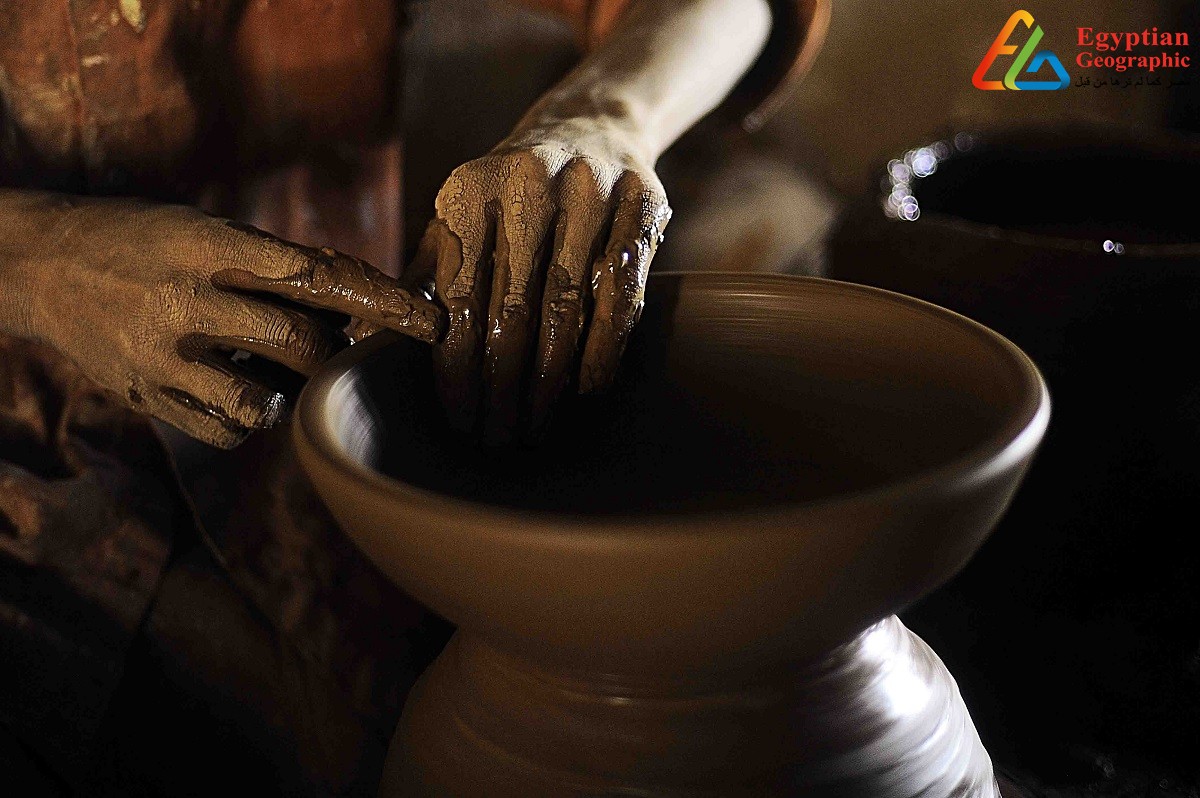
Long years passed, and Ramadan's uncle grew up and mastered his craft, and even created shapes and methods more ingenious than his predecessors, which made himtransform into the foremost famous pottery makers in ancient Egypt, and maybe all of Egypt, and his fame spread throughout the planet, and he became a pottery maker traveling between countries and international exhibitions, from Belgium to America to France to Germany, to display his products in its international exhibitions.
In 1978 he moved to the Sultanate of Oman to figure within the Ministry of National and Cultural Heritage in it, and thru his work there he developed the profession, which encouraged the ministry through the proposal of the uncle of Ramadan to determine a pottery factory, which they finished designing in 1984, the year within which he returned to Egypt once After leaving an outsized footprint for pottery making there, what saddens him the foremost is that the extinction of the art of clay artifacts, and therefore the disappearance of the skilled hands.



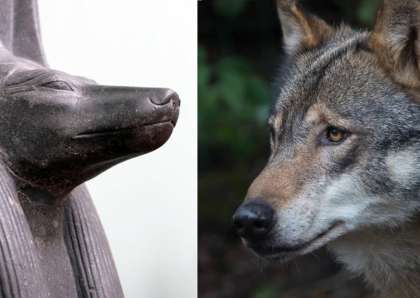

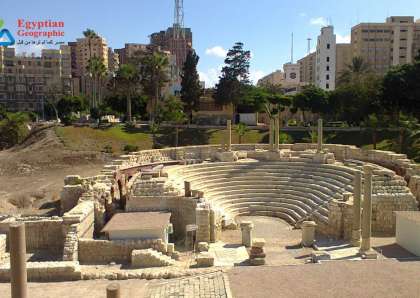
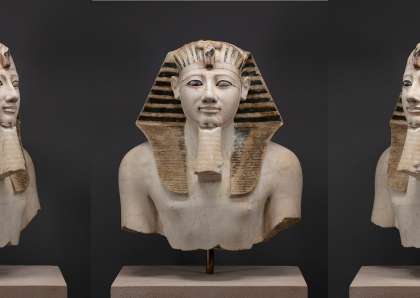
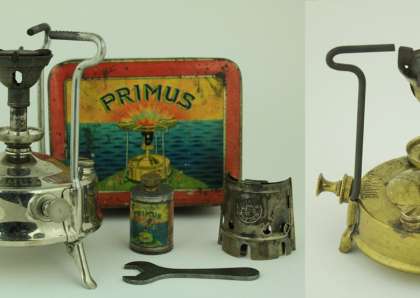

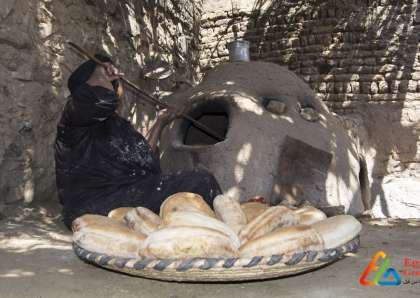
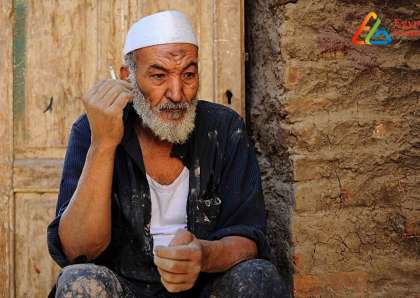
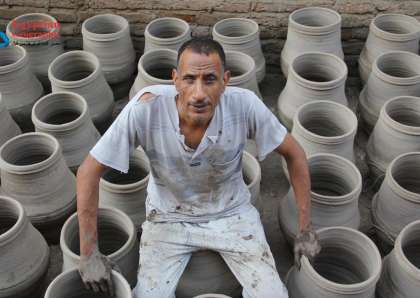
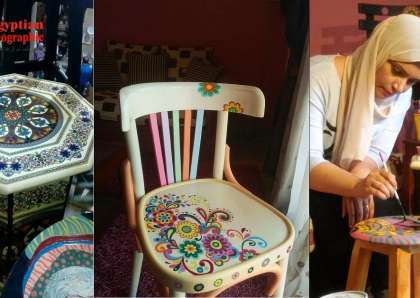



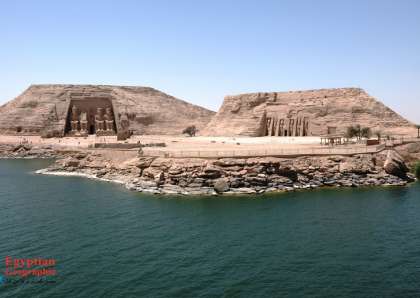
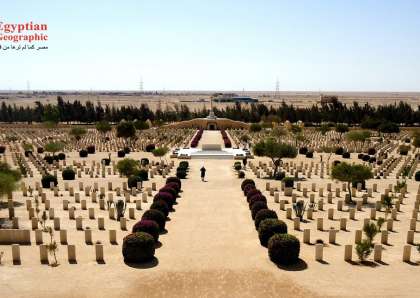
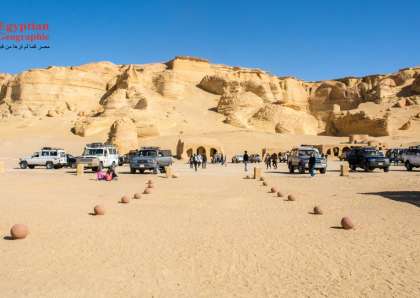

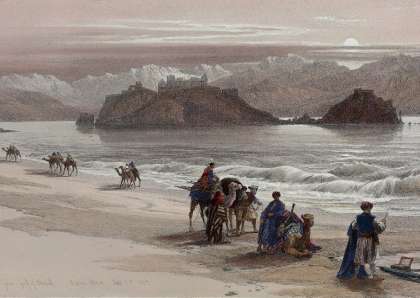


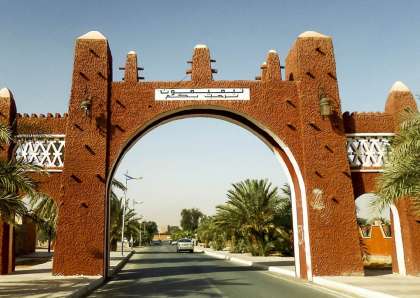




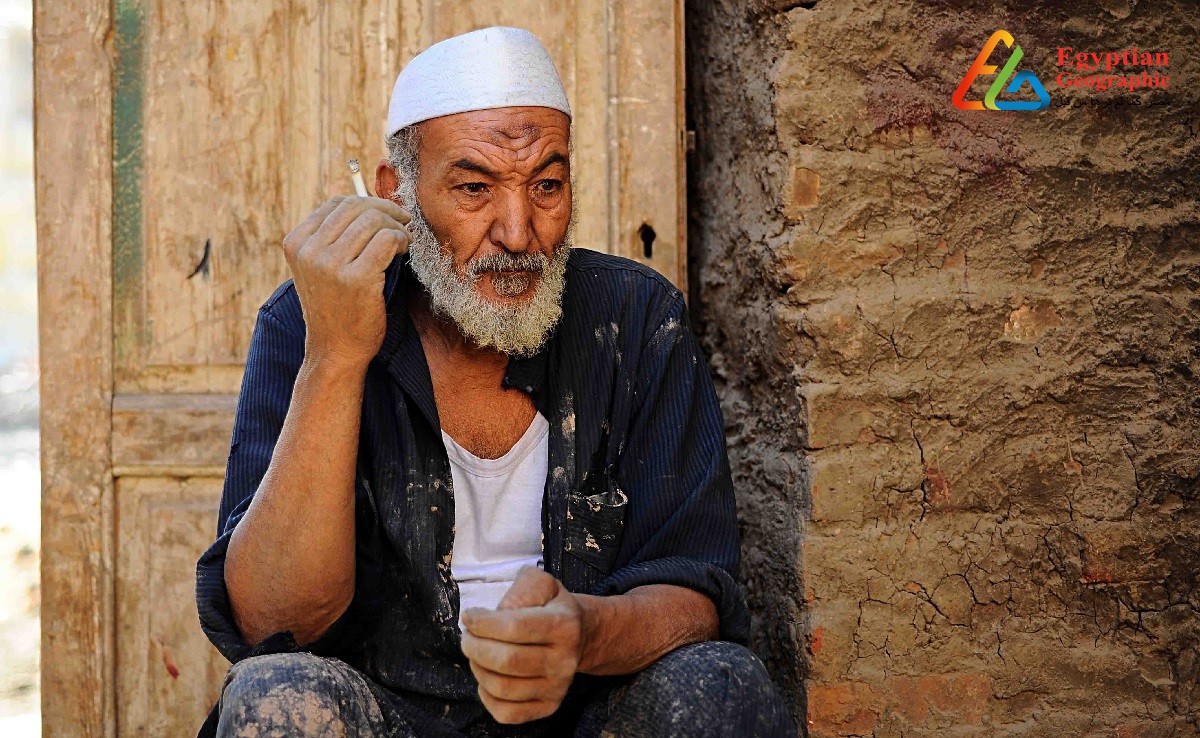


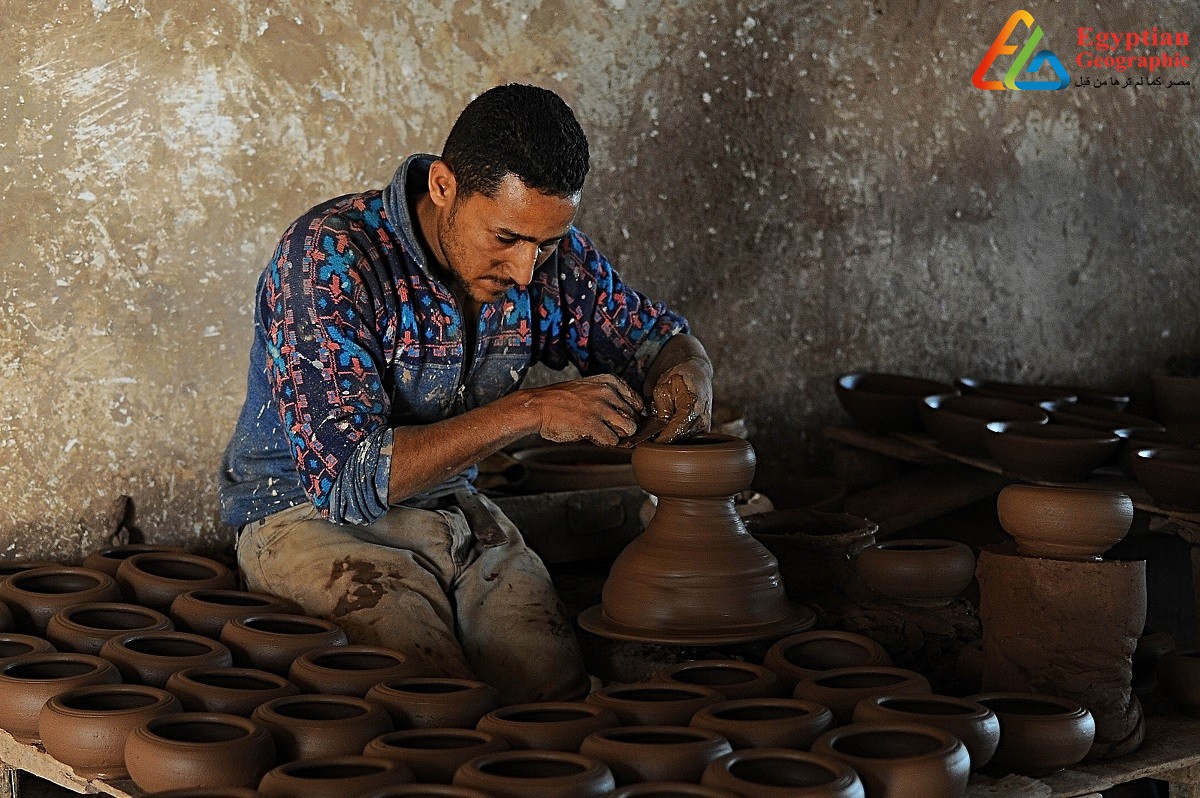

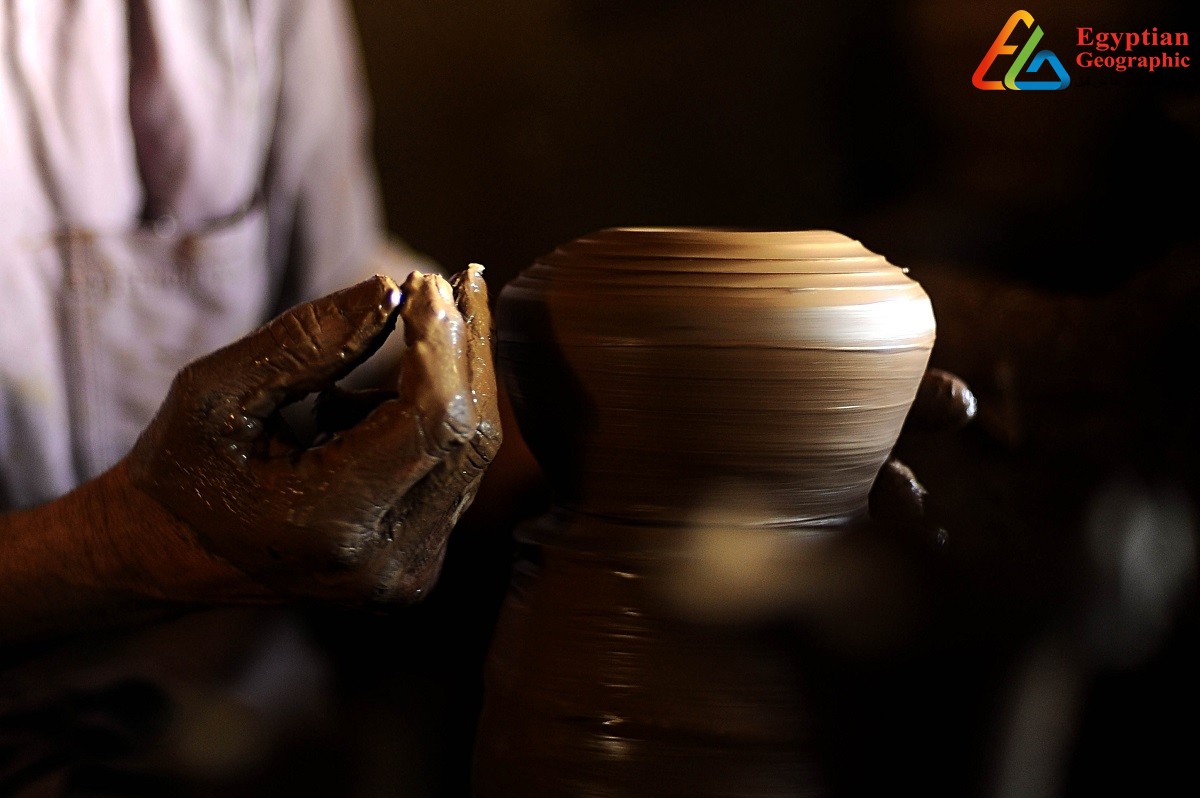
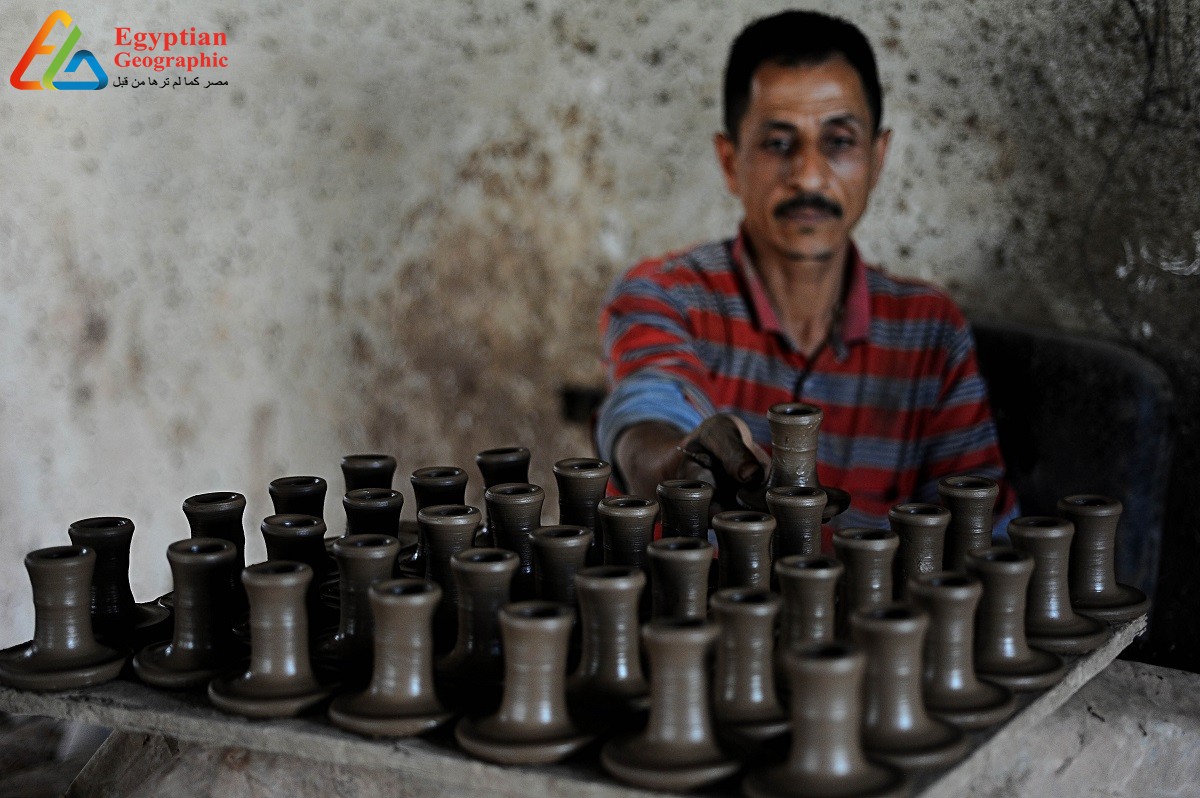
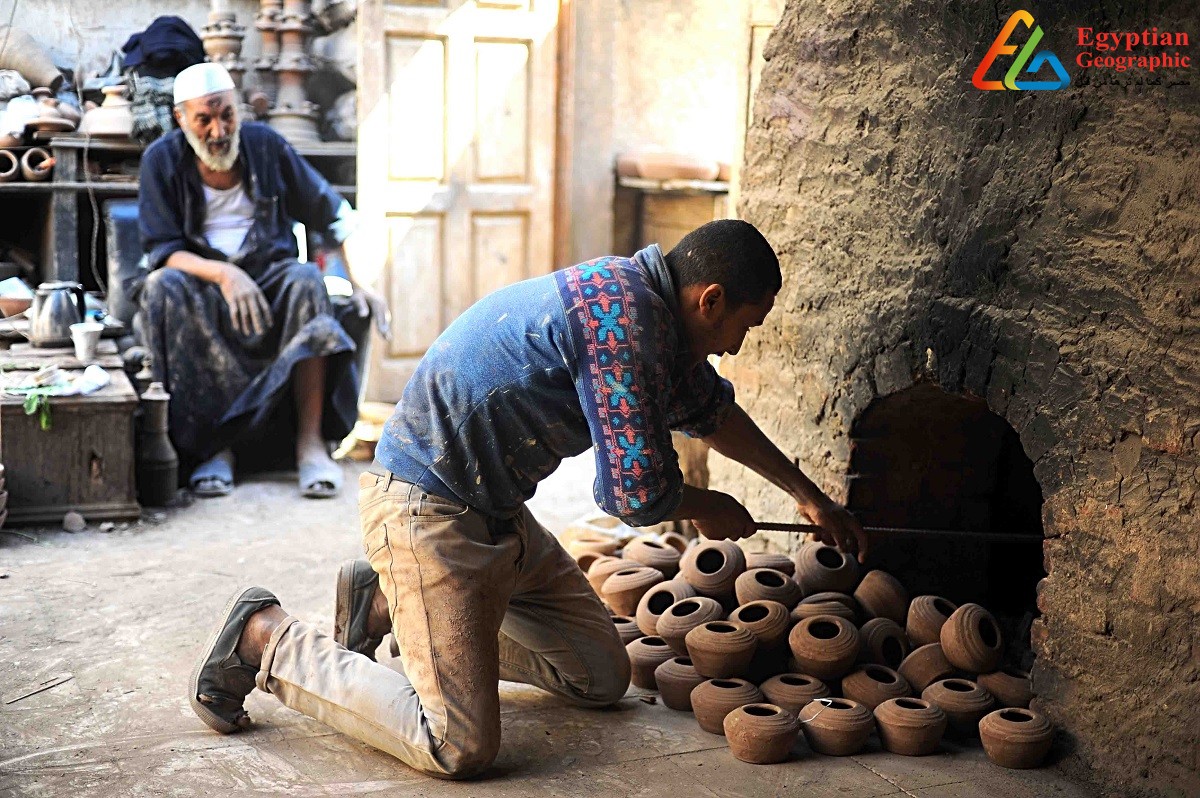
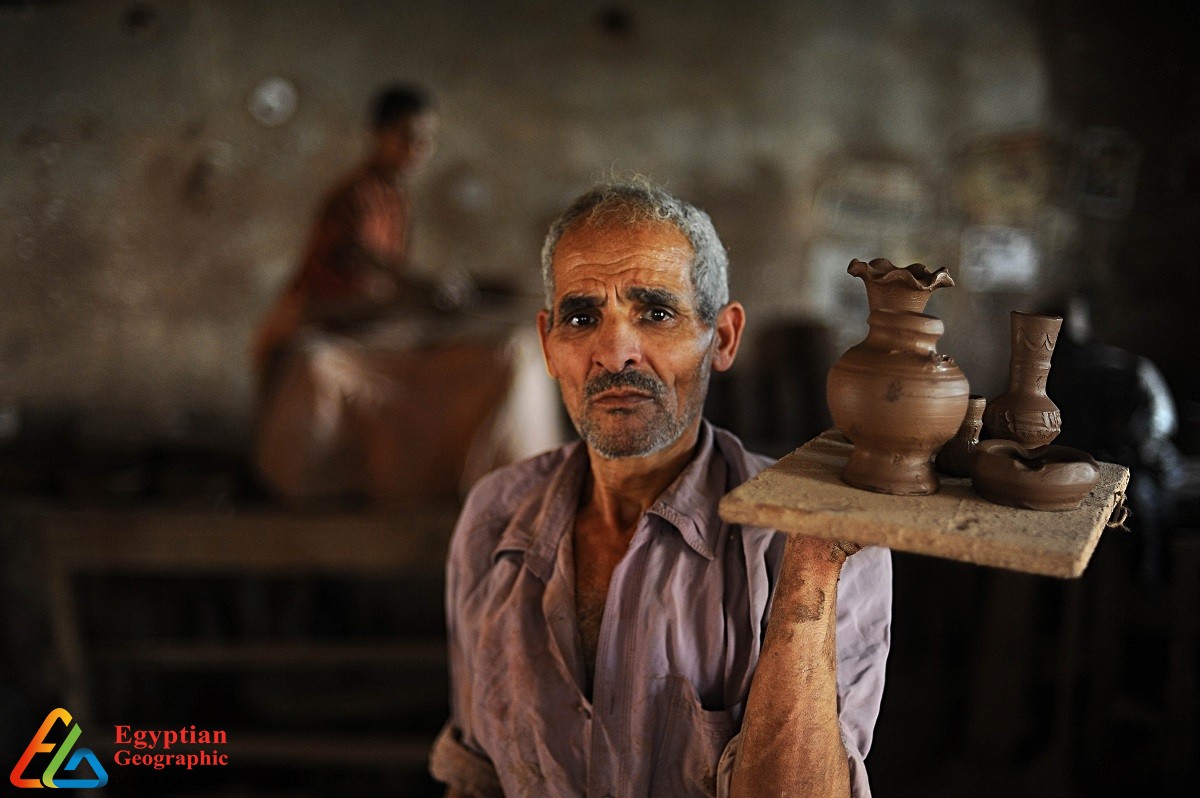
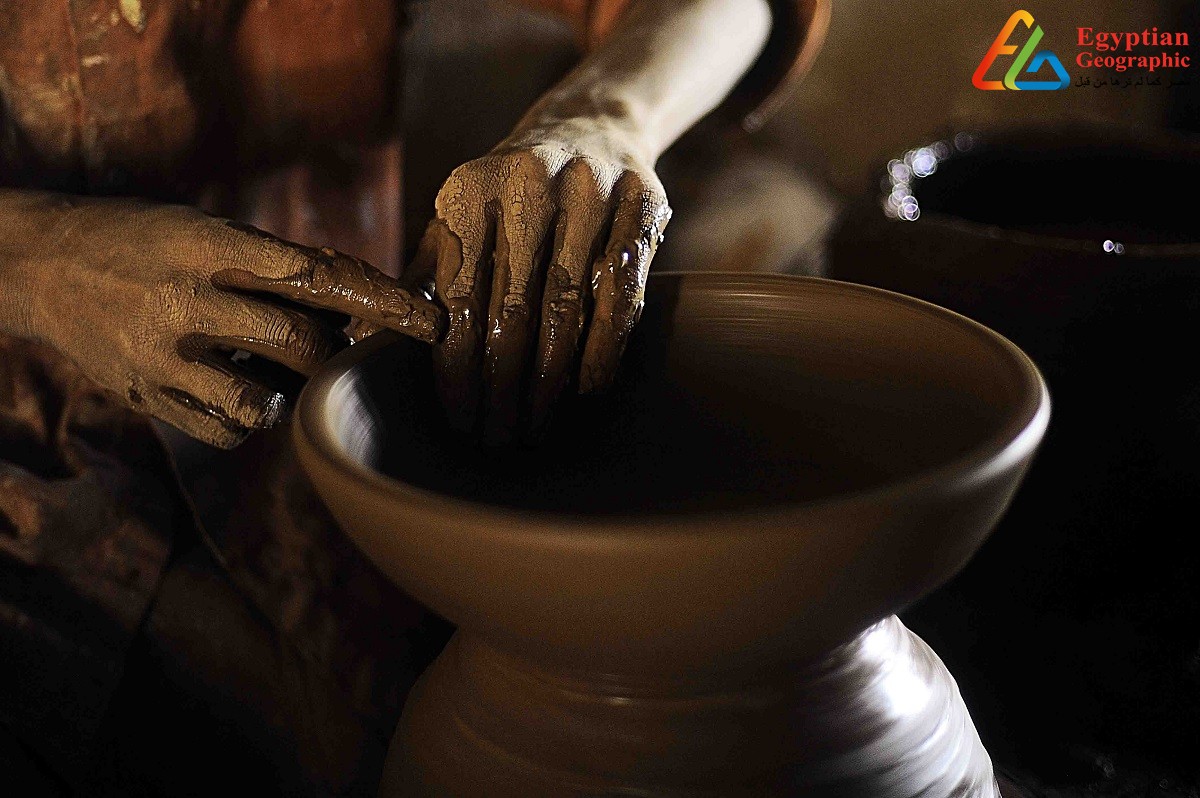
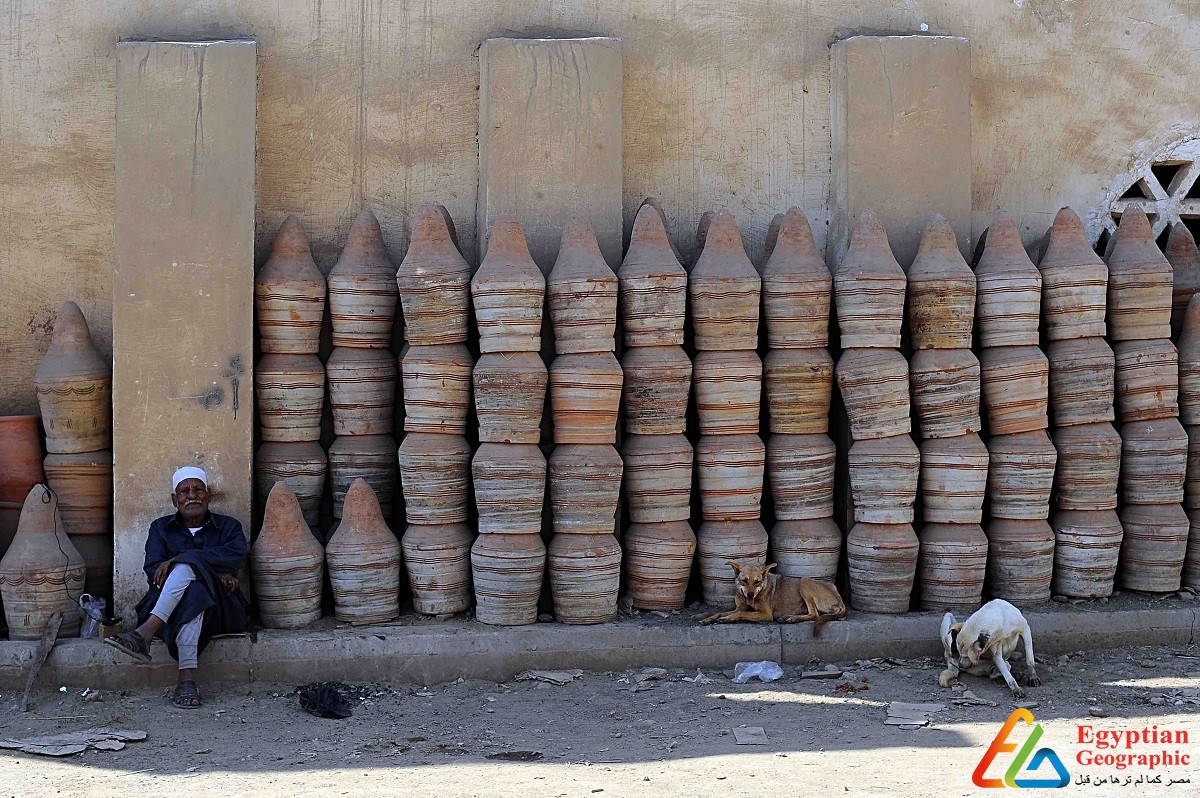

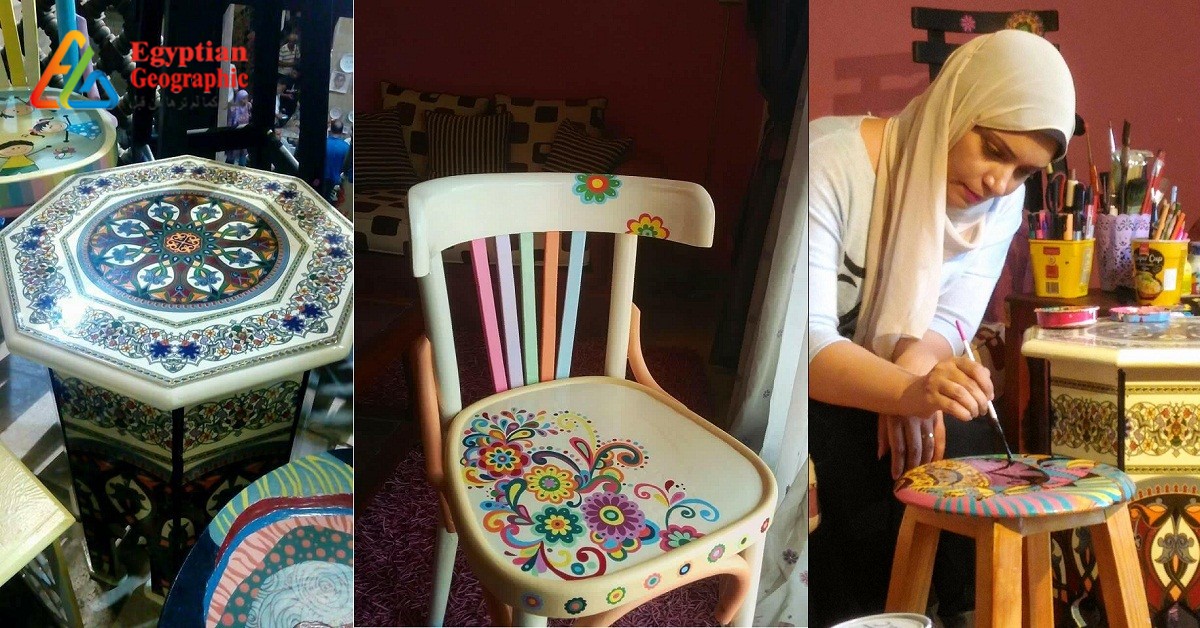



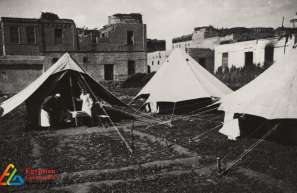
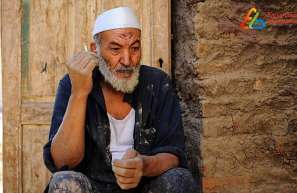
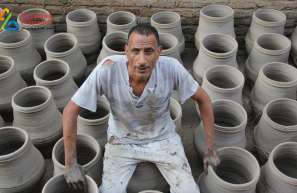





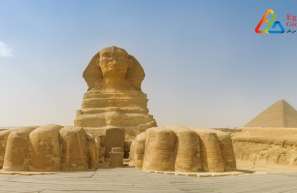


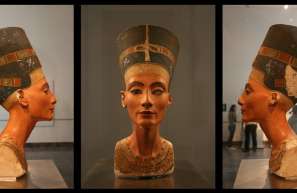


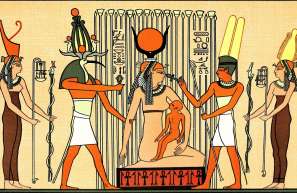










Egyptian Site & magazine